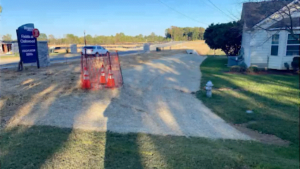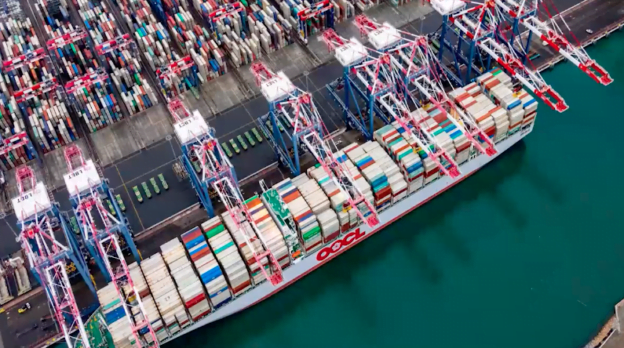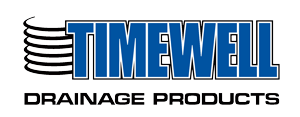The Water Recycling and Stormwater Harvesting Study (Study) is another step in reducing negative impacts and continuing environmentally friendly Port of Long Beach operations. Protection of water quality and conservation of potable water supplies are top priorities of the Port. Using recycled water and capturing and using stormwater onsite can offset potable water demand, result in reduction of pollutant discharges, and enhance regional drought resiliency.
The following three scenarios for stormwater capture were examined:
- Onsite use, wherein stormwater would be captured, diverted, treated to meet Department of Health standards to use as an alternative water supply, and then provided to select Port tenants for use, with excess water being diverted to sanitary sewers or outfalls.
- Diversion to the sanitary sewer, wherein stormwater would be captured and diverted to the sanitary sewer for treatment and use off-site.
- Diversion to Long Beach Municipal Urban Stormwater Treatment (LB-MUST), wherein stormwater would be captured and diverted to the LB-MUST facility for treatment and use by the City of Long Beach.
In order to quantify potential stormwater capture within Port drainage basins, a hydrologic analysis was performed for various size storm events. To prioritize locations for stormwater harvesting and onsite use, a pass/fail screening was applied to the Port’s drainage basins, followed by a weighted screening criteria and ranking value. The product of the weighted values and the ranking values were summed to calculate the total score for each drainage basin.
Finally, top scoring drainage basins were linked to specific customers within the Port to determine the final scenarios. A Triple Bottom Line Cost Benefit Analysis (TBL-CBA) was performed to prioritize recycled water and stormwater harvesting projects. TBL is an evidence-based economic method that combines Life Cycle Cost Analysis and CBA techniques to quantify and attribute monetary values to the TBL impacts of a given project. These analytics provide a direct means to integrate the broader social and environmental perspectives into decision making, and enable project proponents to objectively and defensibly justify a project. Results also allow for comparison and prioritization of designs on a relative apples-to-apples basis.
About Instructors


 Mechanically Stabilized Earth Walls – the Good, the Bad, and the Ugly
Mechanically Stabilized Earth Walls – the Good, the Bad, and the Ugly  Streambank Protection Design: Hard & Soft Techniques & Application – 2021
Streambank Protection Design: Hard & Soft Techniques & Application – 2021  Climate Change Impacts to Stormwater
Climate Change Impacts to Stormwater  Lancaster’s Integrated Green Infrastructure Plan: Reviewing a Decade of Implementation and Planning for the Next
Lancaster’s Integrated Green Infrastructure Plan: Reviewing a Decade of Implementation and Planning for the Next  Infrastructure and Urban Planning for an Effective Stormwater Management Program and Permit Compliance
Infrastructure and Urban Planning for an Effective Stormwater Management Program and Permit Compliance  Re-thinking Urban Streetscapes in Denver
Re-thinking Urban Streetscapes in Denver 



